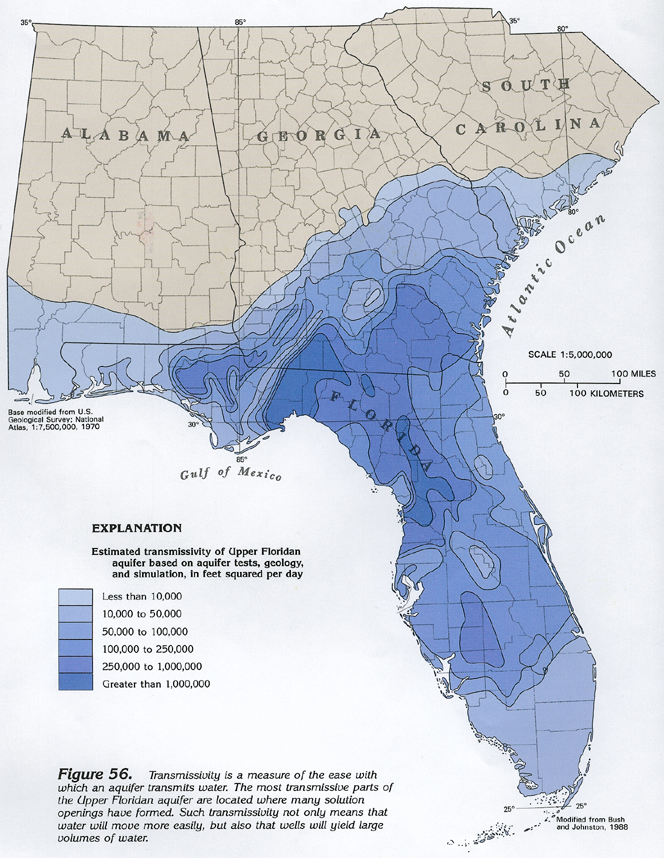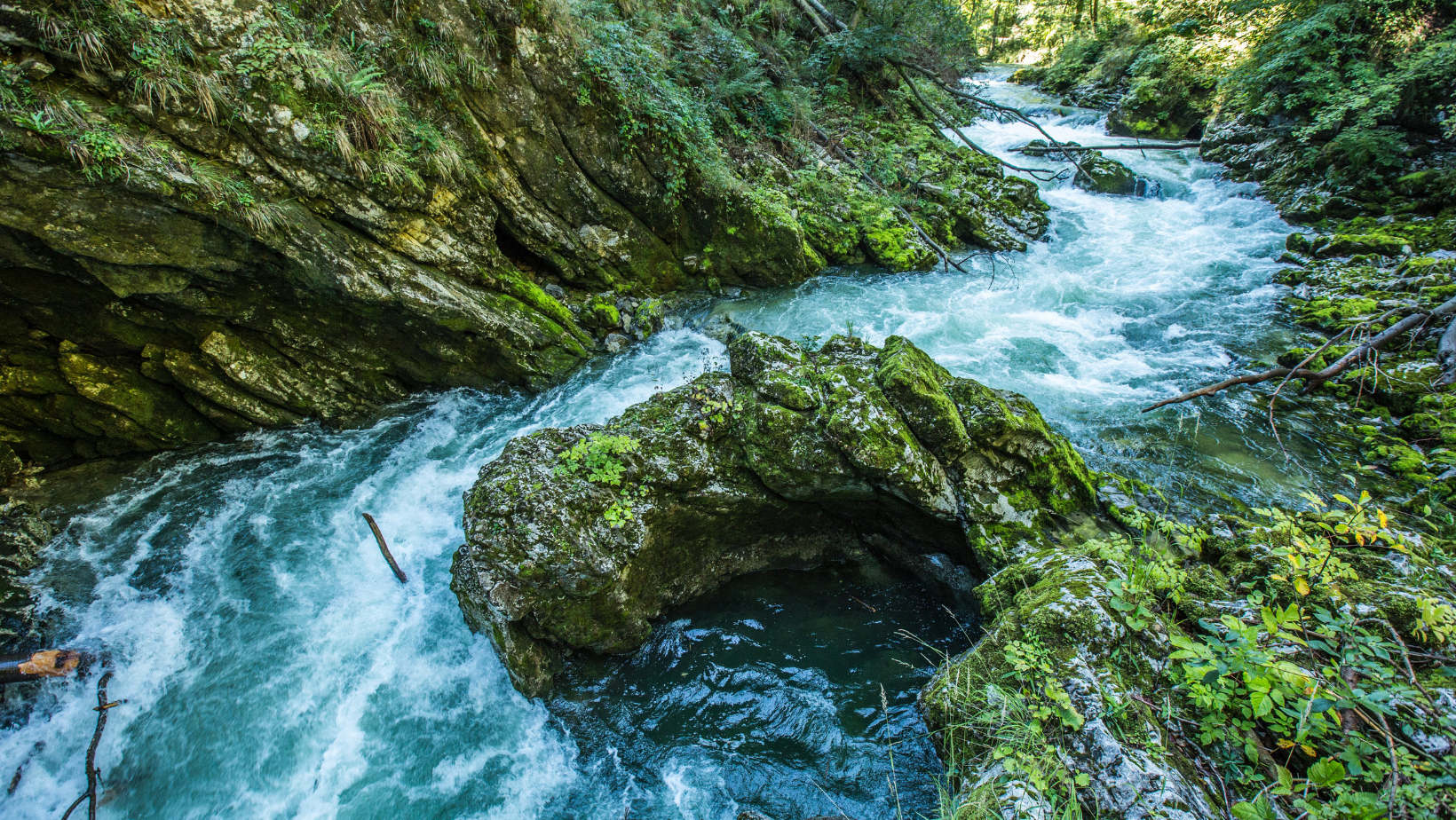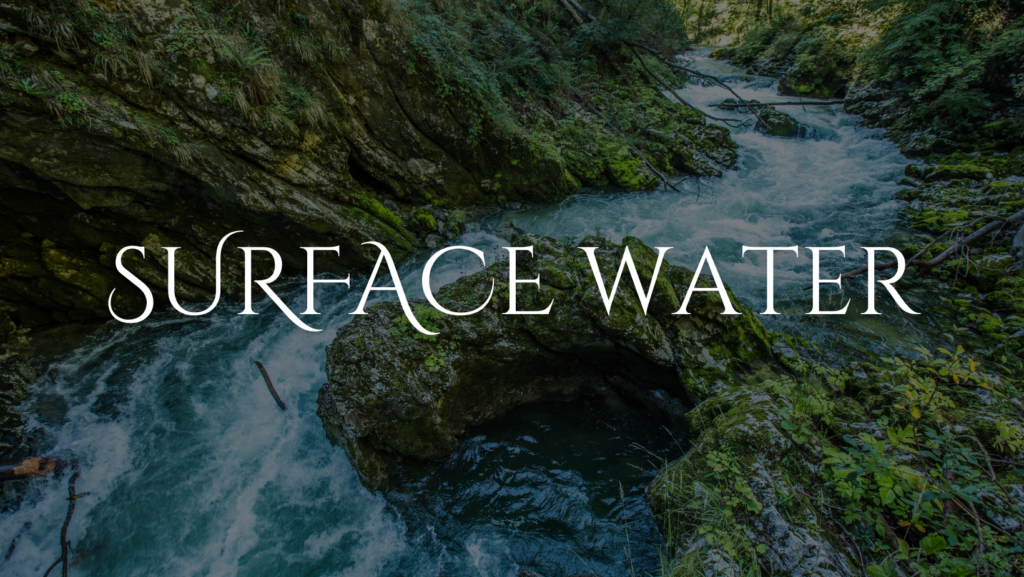With so much development and expansion come significant questions about where clean water will come from and how it will be protected. But not all sources of water are the same and it’s important to understand the different terms.
Groundwater is a generic term for water that exists underground in saturated zones beneath the land surface. What we know as the water table is the upper level of the saturated zone. Most private homeowner wells are tapping into groundwater for their drinking, cooking, and wastewater. Groundwater fills the gaps in underground materials such as sand, gravel, and other rock, similar to how water fills a sponge. This water can be affected by the materials it filters through, picking up minerals along the way.
Surface water is classified as any water found on the surface of the earth, including saltwater and freshwater. This includes waterbodies such as lakes, ponds, creeks, and streams. Surface water is a key component of the hydrologic cycle — evaporating into clouds, becoming rain or snow, falling back to earth, and filling the streams, lakes, and oceans again.
 Extraction is the term for removing water from the environment to use for another purpose. If water doesn’t come from a surface water source, it is withdrawn from an aquifer. Aquifers are a body of permeable rock that can contain and transmit groundwater. Aquifers are like underground reservoirs, encapsulated by a confining layer, a layer of impervious rock or clay that restricts the flow of water to or from an aquifer. Confined aquifers, like the Floridian Aquifer, are commonly used for drinking water.
Extraction is the term for removing water from the environment to use for another purpose. If water doesn’t come from a surface water source, it is withdrawn from an aquifer. Aquifers are a body of permeable rock that can contain and transmit groundwater. Aquifers are like underground reservoirs, encapsulated by a confining layer, a layer of impervious rock or clay that restricts the flow of water to or from an aquifer. Confined aquifers, like the Floridian Aquifer, are commonly used for drinking water.

Ogeechee Riverkeeper hosted an informational webinar on aquifers, groundwater and sustainability with James Reichard, Ph.D., professor of geology at Georgia Southern University (Statesboro) on February 6, 2024. The recording is available to view.



